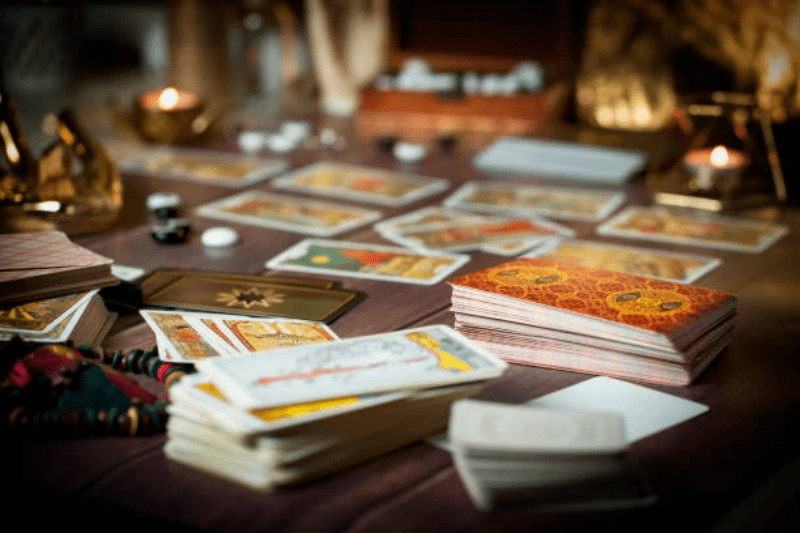
Tarot readings have been a popular form of divination for centuries, with many people seeking guidance and insight into their lives through the ancient art of tarot reading. But what is tarot reading, and how does it work? In this article, we'll delve into the mysteries of the tarot, exploring the history, symbolism, and techniques of tarot reading, as well as the benefits and limitations of this ancient practice.
History of Tarot Reading
The origins of tarot reading dc are shrouded in mystery, with some tracing its roots back to ancient Egypt and others to medieval Europe. The earliest known tarot decks date back to the 15th century, with the Visconti-Sforza tarot deck being one of the most famous and well-preserved examples. Over time, the tarot spread throughout Europe, with different regions developing their own unique styles and interpretations.
Symbolism of the Tarot
At its core, the tarot is a symbolic language, with each card representing a specific concept, emotion, or idea. The Major Arcana cards, which make up the first 22 cards of the deck, depict archetypes and themes, such as the Fool, the Magician, and the High Priestess. The Minor Arcana cards, which make up the remaining 56 cards, are divided into four suits, similar to a regular deck of cards, but with unique symbolism and meanings.
Techniques of Tarot Reading
There are many different techniques and styles of tarot reading, each with its own unique approach and philosophy. Some readers focus on the cards' literal meanings, while others interpret them through a more intuitive and symbolic lens. Some readers use spreads, or patterns, to lay out the cards, while others rely on their own inner guidance and connection to the cards.
Benefits of Tarot Reading
So, what are the benefits of tarot reading? For many people, tarot reading provides a sense of connection and guidance, helping them navigate life's challenges and make informed decisions. Tarot reading can also be a powerful tool for personal growth and self-reflection, allowing individuals to tap into their own inner wisdom and intuition. Additionally, tarot reading can be a fun and engaging way to explore the mysteries of the universe and the human experience.
Limitations of Tarot Reading
While tarot reading can be a powerful tool for personal growth and guidance, it's essential to remember its limitations. Tarot reading is not a predictive science, and the cards do not have the power to predict the future with certainty. Rather, the tarot offers insights and guidance, allowing individuals to make their own choices and shape their own destiny.
How to Get Started with Tarot Reading
So, you're interested in trying tarot reading for yourself? Here are a few tips to get you started:
* Start with a beginner-friendly deck, such as the Rider-Waite-Smith or the Radiant Rider-Waite.
* Practice regularly, even if it's just for a few minutes a day.
* Experiment with different spreads and techniques to find what works best for you.
* Trust your intuition and inner guidance, and don't be afraid to ask for help or guidance from more experienced readers.
Conclusion
Tarot reading is a powerful tool for personal growth, guidance, and self-reflection. With its rich history, symbolism, and techniques, the tarot offers a unique window into the human experience. Whether you're a seasoned reader or just starting out, the tarot has something to offer. So, take a deep breath, shuffle the cards, and see what the mysteries of the tarot have in store for you.